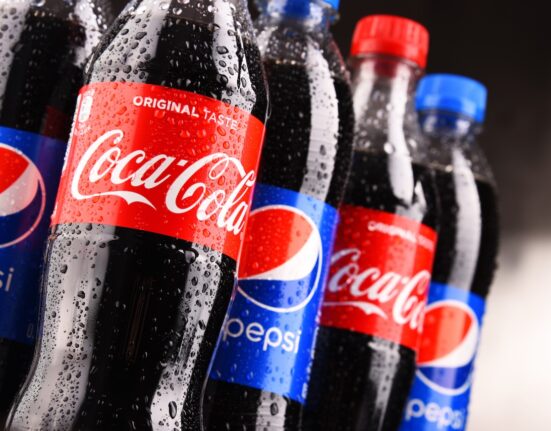One of the many positives of a career in fresh produce is how globally linked we are. I’ve often said that if the rest of the world is defined by 6 degrees of separation, then produce is defined by only 3. It’s a tight-knit global network that both competes with and supports their fellow farmers wherever they might be.
You will often hear when in a group of produce folks — with more than a touch of pride — that “we do millions of dollars of trade on trust and a handshake.” Whilst that is mostly true and has a great ‘feel good’ ring, is that still the best path forward?
The grower carries the bulk of the risk, including the costs of producing a crop, the costs of harvesting and packing and the costs of marketing and shipping. And that’s if all goes well with the weather, availability of water and other aspects of Mother Nature. And as we’ve learned through a global pandemic, supply chain dynamics and their costs are another piece of the puzzle that are largely out of the growers’ control.
So, is it time to go back to the future? The past decade has seen a focus on “selling direct.” The thought process was that if the grower could sell directly to the retailer, wholesaler, importer or foodservice distributor, surely that would mean a better return to the farm. It sounds like it should make sense, right?
But what is often a painful lesson for producers is when things go sideways. Despite everyone’s best intentions when dealing with perishable products, things will go sideways.
Now, you are attempting to collect money from customers who might be a world away and not necessarily proficient in your language. In all businesses, cash flow is king, and that is particularly true in produce. Margins are typically razor thin, so now we have to think about the cost of cash — if we have to wait 40 or 50 days to get paid, is that a purchase order that makes sense to fill? When you are a producer in an export-dependent production area (think Chile, Peru, New Zealand, South Africa and others), you are not protected by the USDA’s Perishable Agricultural Commodities Act (PACA) regulation, as are those who buy and sell within the United States.
In my many years of global trading, I am now hearing greater concerns about cash flow and the assurance that payment will indeed happen. My sense is that when I say “back to the future,” I mean that producers are re-thinking selling direct, and considering going back to their more familiar path to market such as partnering with those companies that are experts at exports. They are demanding and getting transparency of the costs along that supply chain. It’s not a “ship and hope” transaction, but rather partnering with the supply chain to protect your cash flow.
Ours is a very cyclical business — the often-tragic reality is that a weather event that is a disaster for some will be a bonus for others. Growers are the masters of ‘the pivot.’ They have to be adaptable to survive.
So, how we go to market will now include a focus on cash flow and payment assurance. And that’s okay, because it’s still, and always will be, an industry rooted (pun intended) in trust and relationships.
•Dawn Gray has over 36 years of international fresh produce experience working with growers, distributors, marketers and retailers in over 25 countries.





